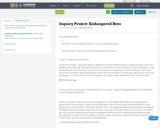
This project is an example of inquiry based learning. It covers the standard K.L.S 1.
- Subject:
- Life Science
- Material Type:
- Lesson Plan
- Date Added:
- 10/11/2016

This project is an example of inquiry based learning. It covers the standard K.L.S 1.
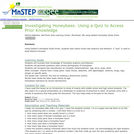
This activity is a presentation of honeybee anatomy and behavior.

Scientists rely on Citizen Scientists to track the migration of the monarch butterflies as they journey north from Mexico and back again. This amazing pollinator begins its fall migration from August to November and spring migration from March to June. Students can follow migration news, see the real-time mapping of the butterfly's movements, and report their own sightings with this amazing project from the University of Wisconsin - Madison Arboretum.
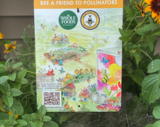
This Reference Guide will provide the information you need for planting your pollinator garden box, maintenance on your mason bee house, suggestions for your Bee A Freind To Pollinators family event, and links for all of our lesson plans!
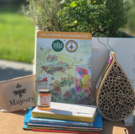
Your neighborhood Whole Foods Market Southern Region believes that Libraries Need Bees Too! Through this grant, we hope to help you make small changes to improve pollinator habitats and promote even bigger changes in your community while supporting pollinator literacy. We’ve provided the tools that you need to create your own Bee A Friend to Pollinators Community Event this year. Read on to learn more!
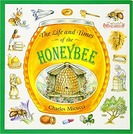
This non-fiction favorite explains all about the honey bee. From egg to bee and everything in between, Micucci answers questions for young readers about honey production, bee dancing, and beekeeping practices. Learn what the bees are doing around the world and what bees have done throughout history! Lexile Level: IG910L Guided Reading Level: N Genre: Nonfiction
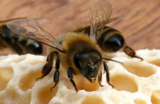
Looking for a project for middle school-age students? This project-based learning experience will allow students to solve the problem of excess beeswax, a byproduct of honey bees, by developing a useful beeswax product and marketing their product to be sold in a local boutique or farmers market. This is a great way to drum up business and interest with students and the community in preparation for starting your own Bee Club! This lesson has step-by-step instructions and how-to documents to help the educator facilitate the process.
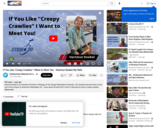
Hartmut Doebel is an Assistant Professor of Biology at The George Washington University. His students have bee hives on the roof of the campus in downtown Washington, DC.
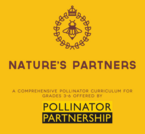
As part of our continued commitment to education, the team at The Bee Cause Project has created this companion document, Educator’s Curriculum Guide, to supplement the Nature’s Partners curriculum.Our Tips from the Hive are designed to add layers of concept extensions, optional digital methods of delivering content, and support to educators that are either brand new or experienced environmental educators. The Buzz Worthy Resource Materials are video links, notable articles, and more printable resources, while the Bee Cause Book Club highlights recommended readings for students of all ages. Several titles have quality read-aloud links as well.
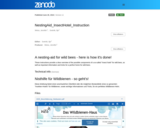
A nesting-aid for wild bees - here is how it's done!
These instructions provide a clear overview of the possible components of a so-called "insect hotel" for wild bees, as well as important information and tricks for a perfect home for wild bees.
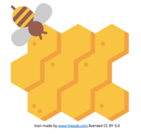
The following is a lab manual with three different activities to help students become more aware of bee's. The goal of Operation Bee is to educate students about the impact of bees in our everyday lives. Through observation, data collecting, and engineering students will engage in an effort to increase awareness and data available on bees.

Michael is feeling all alone in a new city and new school until Jesse, a fellow student introduced him to the school garden! Working with new friends, exploring tastes, harvesting vegetables, nicknaminginsects, and solving garden riddles are just a few of the ways that the school garden helps Michael feel like he is growing roots. This Found Poetry style picture book is perfect for introducing a uniquemodern style of poetry while incorporating history, cooking, word study, and a love for the outdoor classroom.Grade Level: 2nd-5thLexile Level: Not availableGuided Reading Level: Not availableGenre: Fiction, poetry
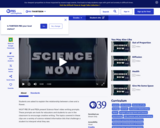
Students are asked to explain the relationship between a bee and a flower. ***Access to Teacher's Domain content now requires free login to PBS Learning Media.
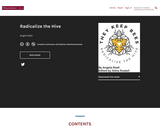
This book is a collection of stories from the field and resources for new and intermediate beekeepers interwoven with my own experience as a beekeeper over the last decade. For context, I think it’s helpful to begin by introducing myself.
My name is Ang Roell, and I run They Keep Bees, a queen rearing, honey bee research and education project based in Great Falls, Massachusetts and Southern Florida.
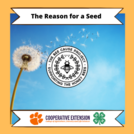
This Educator's Guide provides a unique seed experiment utilizing the materials in the 4-H Honey Bee Project tool kit.
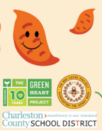
Charleston County School District Nutrition Services and the Green Heart Project are excited to be partnering this year for Harvest of the Month. November 2020 is the Great Sweet Potato Harvest! Nothing tops these sweet potatoes better than some Bee Cause Project honey! Enjoy!

This Book Club Challenge Guide will help Cloverbuds explore the book The Life and Times of the Honeybee by Charles Micucci with pre-reading and post-reading discussion questions, lots of hands-on activities including a Lifecycle of a Honey Bee figures activity, and much more!
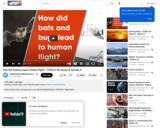
STEM in 30 looks at the four animal groups that achieved flight and inspired humans to develop the ability to fly.
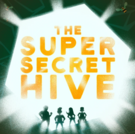
An amazing musical and educational adventure podcast for the whole family! Original songs and stories by Julie Frost and Mike Dombrow.
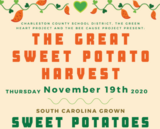
Introduce your students to the health benefits of sweet potatoes with Charleston County School District Nutrition Services, the Green Heart Project, and The Bee Cause Project with this flier and worksheet.